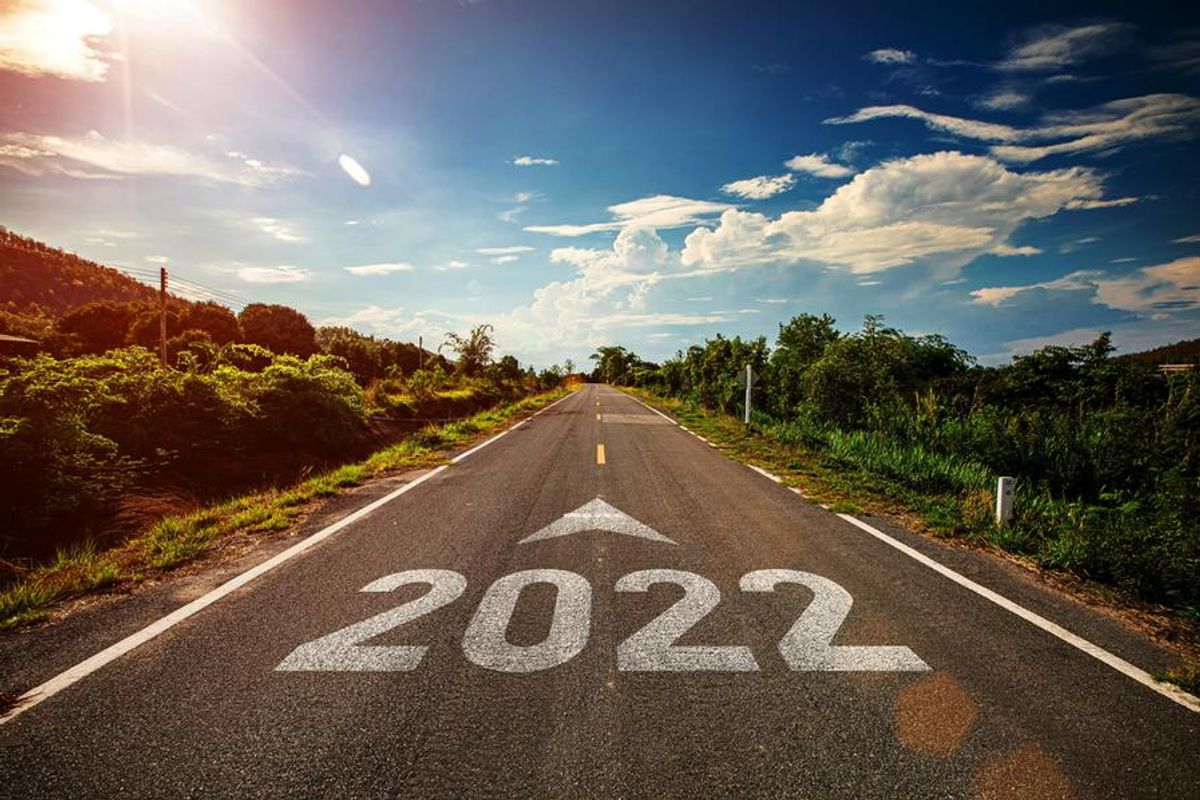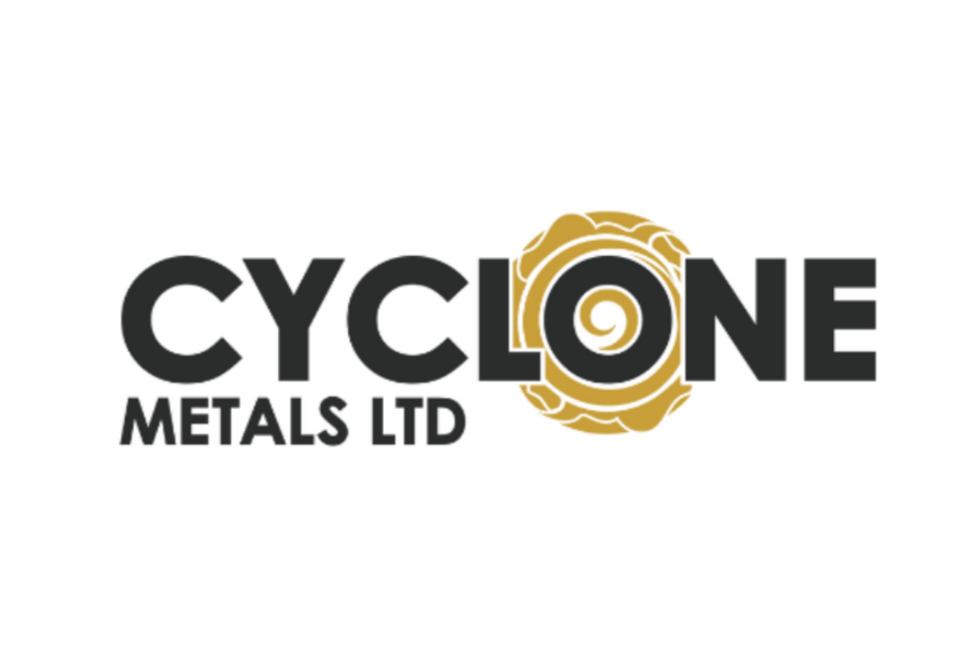Iron Outlook 2022: Prices to Face Pressure on Bearish Demand Outlook
What do experts see coming for the iron outlook in 2022? Read on to learn what they had to say.

Click here to read the previous iron outlook.
Volatility reigned in the iron ore market in 2021, with prices rallying and falling in the 12 month period.
The base metal touched a record high in May at over US$220 per tonne, but declined to an 18 month low of US$84.50 in November. Sluggish demand in China paired with rising supply boosted volatility in prices.
As the new year begins, the Investing News Network (INN) is looking back at the main trends in the space in 2021 and what the iron outlook is for 2022. Here's what experts had to say.
Iron trends 2021: The year in review
Iron ore prices started the year at US$158.50, coming off a 2020 that was full of uncertainty. After falling like most commodities in the first few months of 2020, iron ore rallied in H2 on the back of strong Chinese demand.
The 2021 story continued to be positive for prices during the first six months of the year — as mentioned, iron ore hit its highest level of the year in May, when it was trading at US$229.50. However, the second half of the year saw prices fall sharply, weighed down by lower steel production in China.
“It’s been a year of two halves for the iron ore market in 2021 — the first half was red hot, the second bitterly cold,” ING analyst Wenyu Yao explained to INN.
At the end of 2020, China called for a crude steel output cap for 2021.
“During the first half of the year, the industry didn’t take this seriously, and the steel production growth was about to exceed the cap on an annualized basis,” Yao said. “This led to strong demand for iron ore and a price rally, which was also aided by some supply disruptions.”
Iron ore bottomed out for the year on November 10, trading at US$84.50 — its lowest level in a year and a half.
China’s intensified decarbonization drive applied the brakes to Chinese steel production in the second half of 2021, with negative implications for iron ore demand and prices, according to S&P Global Market Intelligence.
“The reduced steel production did not help (steel) prices as downstream demand was hit hard by Beijing’s unprecedented restrictions in the property sector,” Yao said. “This has resulted in falling margins at steelmakers, further weighing on iron ore demand.”
In December, the price trend seemed to be changing to the upside again, with prices rebounding above the US$100 mark to trade at US$118 on December 20. Additionally, expectations of a restart in steel production at Chinese mills in the near term amid rising restocking activity provided an additional boost.
Iron outlook 2021: What’s ahead for demand, supply and prices
As the new year begins, most analysts agree that iron ore is set up for an upside turn.
“The weak demand in the second half of 2021 looks unsustainable. Hence, we expect a sequential recovery is inevitable at some point,” Yao said. ING anticipates that demand will recover during the second quarter as the world comes out of the harsh winter weather and the end of the Winter Olympic Games in Beijing.
For the full 2022 year, however, ING’s current base case is for iron ore demand to weaken compared to 2020 levels due to the mandatory output controls that remain in place, along with increased scrap usage. For the rest of the world, demand is expected to remain largely stable.
Over the coming years, China’s decarbonization push is expected to cause blast furnace closures, which has led S&P Global to forecast an 18 million tonne reduction in Chinese pig iron output for the 2020 to 2022 period.
“Demand for high-grade iron ore is expected to benefit from the decarbonization push, due to the lower impurities and correspondingly higher productivity that it offers,” analyst Ronnie Cecil said. “Lower-impurity iron ore consumes less coke and therefore emits less carbon.”
S&P Global is expecting this to benefit the direct-feed iron ore products — pellet and lump — and reinforce the premiums for high-grade iron ore.
“The combination of underlying market tightness, potential supply disruptions and project delays, global supply chain issues and power constraints is likely to fuel increased iron ore price volatility into 2022,” Cecil said.
Looking at overall supply, S&P Global forecasts that 2021 global iron ore supply will come in at 2.4 billion tonnes, with crude steel production at 1.98 billion tonnes; China should account for about half the world's steel output.
For ING analyst Yao, total seaborne supply is expected to grow, but very modestly in 2022. That’s because the collapse in iron ore prices in the second half of 2021 triggered some cuts at high-cost miners.
“However, prices have since bounced up around 40 percent from the lows last November,” she said. “Hence, further price-related cuts now looked less likely if the prices remained at current levels.”
All in all, for 2022, ING still expects a negligible deficit on an annual basis, though there will be periods of surplus over the course of the year. “The balance, however, could easily swing to either side due to many uncertainties from both the supply and demand sides,” Yao commented to INN. “The recent disruptions at Vale (NYSE:VALE) in Brazil due to heavy rain put supply growth in check.”
But what could happen to prices in 2022? On average, ING expects iron ore to slide to US$100 over 2022, with the main upside risks still being potential supply chain disruptions in light of the Omicron variant.
For their part, panelists recently polled by FocusEconomics estimate that prices for the commodity will average US$92.10 in Q4 2022 and US$82.90 in Q4 2023.
“China’s property market woes are likely to weigh on demand for steel, while the country’s aim to limit steel production, in line with its environmental goals, will further drag on prices,” the firm said. “On the supply side, improving output, notably in Australia and Brazil, will exert additional downward pressure next year and in 2023.”
Commenting on key catalysts investors should keep an eye out for in 2022, Yao said that there are two policies in China worth paying attention to. “The first one is the decarbonization move, and the question remains over whether the authority would come up with strict measures that could further disrupt steel productions.”
The second one is the Chinese property sector. “Our base-case assumptions include that we may have seen the worst of the activities from this sector, and there could be some sequential recovery supported by some fine-tuning measures to avoid a risk contagion,” Yao said. “But overall, we don’t expect a complete reversal.”
Don’t forget to follow us @INN_Resource for real-time news updates!
Securities Disclosure: I, Priscila Barrera, hold no direct investment interest in any company mentioned in this article.
Editorial Disclosure: The Investing News Network does not guarantee the accuracy or thoroughness of the information reported in the interviews it conducts. The opinions expressed in these interviews do not reflect the opinions of the Investing News Network and do not constitute investment advice. All readers are encouraged to perform their own due diligence.
- Nickel Outlook 2022: Balanced Market Ahead, Prices to Remain ... ›
- Copper Outlook 2022: Prices Likely to Remain High, Modest Surplus ... ›
- Zinc Outlook 2022: Analysts Expect Small Refined Deficit | INN ›
- 9 Top Iron-producing Countries | INN ›
- Iron Investing | INN ›

